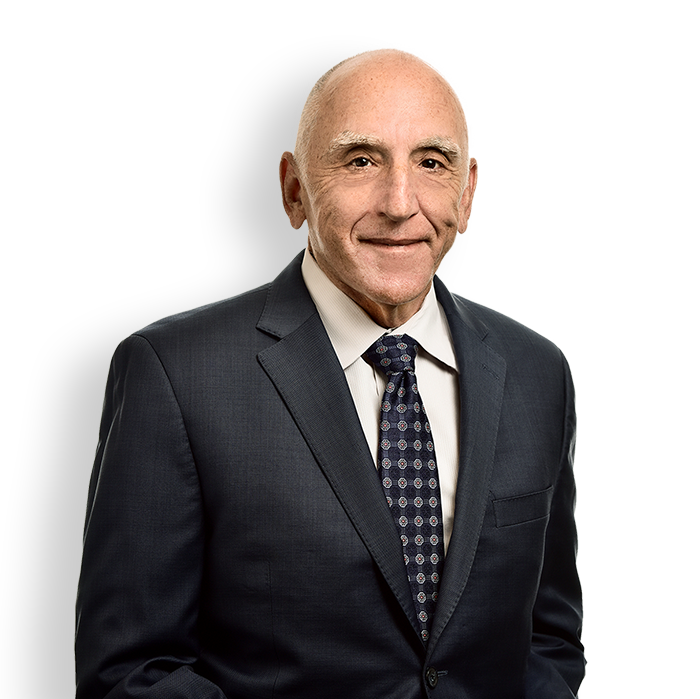California Assembly Bill 5 and Health Care Workers

On September 18, 2019 California Governor Gavin Newsom signed Assembly Bill No. 5 into law. The new law, which goes into effect on January 1, 2020, will codify and expand on the decision of the California Supreme Court in Dynamex Operations West, Inc. v. Superior Court of Los Angeles (2018) 4 Cal.5th 903.
The general effect of Dynamex and AB 5 is that they require hiring entities to treat all workers as employees rather than independent contractors, unless the worker meets either the three-part “ABC test” established under Dynamex or a statutory exemption. While AB 5 has exemptions for physicians, dentists, podiatrists and psychologists, it currently does not provide any exemption for nurse practitioners, nurse anesthetists, pharmacists, occupational/physical/speech/respiratory therapists, medical technicians or physician’s assistants – many of whom serve as independent contractors of hospitals or medical staffs.
Moreover, workers in categories under AB 5 may still have to be treated as employees under pre-existing common law test for employment under Borello, in which a worker’s classification as an independent contractor or employee turns principally on the hiring entity’s right to control the worker in the performance of the contracted work. S. G. Borello & Sons, Inc. v. Department of Industrial Relations, (1989) 48 Cal.3d 341.
AB 5 also has no effect on federal law, meaning that even if a health care worker is exempt under AB 5, he or she may nevertheless still be an employee for purposes of federal income tax withholding, Social Security, and Medicare taxes.
Below is a summary of the new law’s provisions and its impact on health care workers as well as some suggestions for hiring entities under the new law.
Dynamex
The Dynamex decision addressed the meaning of “to employ” in state wage orders. These are orders of the Industrial Welfare Commission that set minimum wages and regulate hours and working conditions for employees. The Dynamex Court held that the wage orders were broader and more inclusive than the existing common law test for employment under Borello’s multi-factor test, which we detail further below.
The Dynamex Court interpreted the broad definition in the wage orders as: (1) placing the burden on the hiring entity to establish that the worker is an independent contractor under the wage orders; and (2) requiring the hiring entity, in order to meet this burden, to demonstrate each of the three factors in what the Court called the “ABC test:”
A. That the worker is free from the control and direction of the hiring entity in connection with the performance of the work, both under the contract for the performance of the work and in fact; and
B. That the worker performs work that is outside the usual course of the hiring entity’s business; and
C. That the worker is customarily engaged in an independently established trade, occupation, or business of the same nature as the work performed.
There are wage orders for various occupations, including personal, professional and technical services. These provide exemptions for persons employed in administrative, executive, or professional capacities. The professional exemption covers physicians, dentists, optometrists, and others engaged in a “learned or artistic profession,” provided they customarily exercise discretion and independent judgment, and earn at least twice the minimum wage.
Assembly Bill 5
AB 5 expands the Dynamex approach to cover not just the existing wage orders, but also the California Unemployment Insurance Code (which provides for unemployment and disability benefits) as well as provisions of the Labor Code. The effect is that a person providing labor or services for remuneration must now be considered an employee rather than an independent contractor unless the hiring entity can demonstrate all three prongs of the ABC test.
AB 5 includes two exceptions that are relevant to health care workers. The first excludes physicians and surgeons, dentists, podiatrists, and psychologists licensed under the Business and Professions Code, performing professional or medical services provided to or by a health care entity.
The second excludes a “business service provider” (which can be a sole proprietor) in a bona fide business-to-business contracting relationship that meets a dozen requirements, including, for example that the business service provider is free from the control and direction of the contracting business entity in connection with the performance of the work, both under the contract for the performance of the work and in fact, and that the business service provider provides services directly to the contracting business rather than to customers of the contracting business. The business service provider must also be customarily engaged in an independent business with other clients. For most health care workers, these requirements will likely be difficult to meet, because typically they provide health care services directly to patients of the contracting health care entity, and may not have an established independent business.
Borello
Where the wage orders and AB 5 do not apply, the Borello test still governs. The core question under Borello is whether the hiring entity has the right to control the manner and means of the worker’s services. The California Supreme Court endorsed the use of the following secondary factors indicating control:
1. Whether the one performing the services is engaged in a distinct occupation or business from the principal;
2. Whether or not the work is part of the regular business of the principal;
3. The kind of occupation, with reference to whether in the locality the work is usually done under the direction of the principal or by a specialist without supervision;
4. The skill required in the occupation;
5. Whether the principal or the worker supplies the instrumentalities, tools, and the place of work for the person doing the work;
6. Whether the principal or the worker invests in the equipment or materials required by his or her task or his or her employment of helpers;
7. The length of time for which the services are to be performed;
8. The right of the principal to discharge at will, without cause;
9. Method of payment, whether by the time or by the job; and
10. Whether or not the parties believe they are creating the relationship of employer-employee.
The Court said that these individual factors cannot be applied mechanically as separate tests; they are intertwined and their weight depends often on particular combinations. This of course makes it difficult to tell how the authorities would view a particular relationship, but that has been an ongoing challenge since Borello was decided in 1989.
Before AB 5, then, for the limited purpose of the state’s wage orders, the Dynamex test created a presumption that a covered worker was an employee unless the hiring entity established all three elements of the ABC test. For other state law purposes, the Borello test applied, requiring a weighing of the factors listed above. As a consequence, someone – a physician, for example – who was exempted from the wage orders could nevertheless be an employee under the Borello test. Now, AB 5 expands the Dynamex test to all but a limited class of exempted workers.
Key Takeaways for Entities Hiring Health Care Workers Post-AB 5
While the effective date of AB 5 is January 1, 2020, practically speaking, the ABC test has been in effect since the Dynamex decision came out in 2018, and governs claims by many misclassified health care workers for overtime, meal periods, rest breaks, minimum wage, and other labor violations. AB 5 will expand the Dynamex rule to additional classes of workers – principally mid-level providers – who might have qualified for exemption from the wage orders. With the passage of AB 5, providers should reevaluate their independent contractor arrangements and ensure they can be justified under the stricter ABC test to avoid increased risk of claims from individual workers as well as city and state authorities. In particular, entities would be well-advised to assess arrangements with health care workers not exempt from AB 5, such as nurse practitioners and physician’s assistants.
AB 5 does not affect employer requirements under federal law, including withholding income taxes and paying Social Security, Medicare taxes, and unemployment taxes on wages paid to an employee. The IRS has a three-part test for determining worker classification, which turns on behavioral control, financial control, and the relationship of the parties. These are the same kinds of considerations that would be relevant under the Borello test, and, in the same way, could result in a determination that someone is an employee even in instances where AB 5 does not apply.
We expect that there may be further changes on the horizon, even after the law fully takes effect next January, as trade associations and worker advocacy groups volley for amendments in the upcoming legislative session. HLB attorneys will continue monitoring for such developments around AB 5, as well as potential enforcement action by the state and published court decisions applying the ABC test. In the meantime, for further information, please contact Paul Smith, Ben Durie, or Andrea Frey in San Francisco, or your regular Hooper, Lundy and Bookman attorney.
Please register for HLB’s webinar that further expands on these issues scheduled for December 3, 2019. California CLE credit is available.

